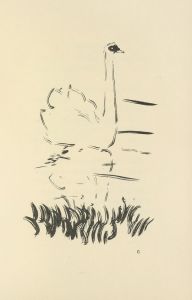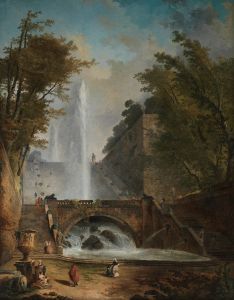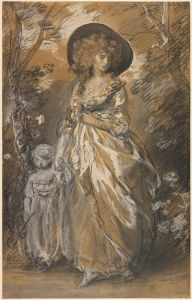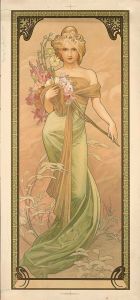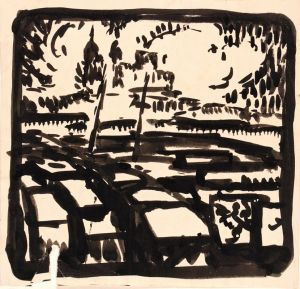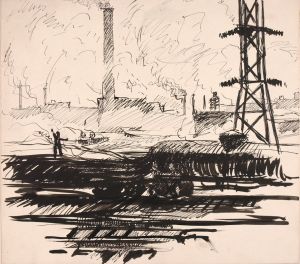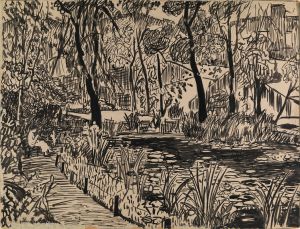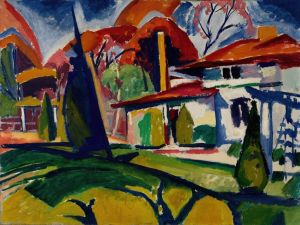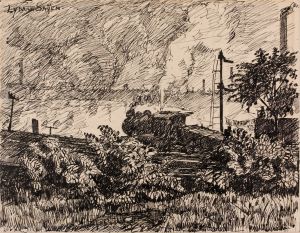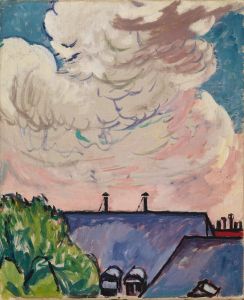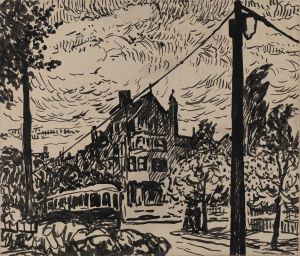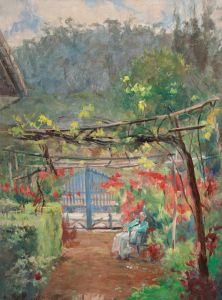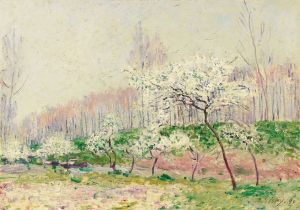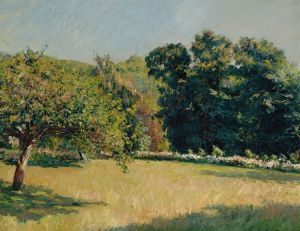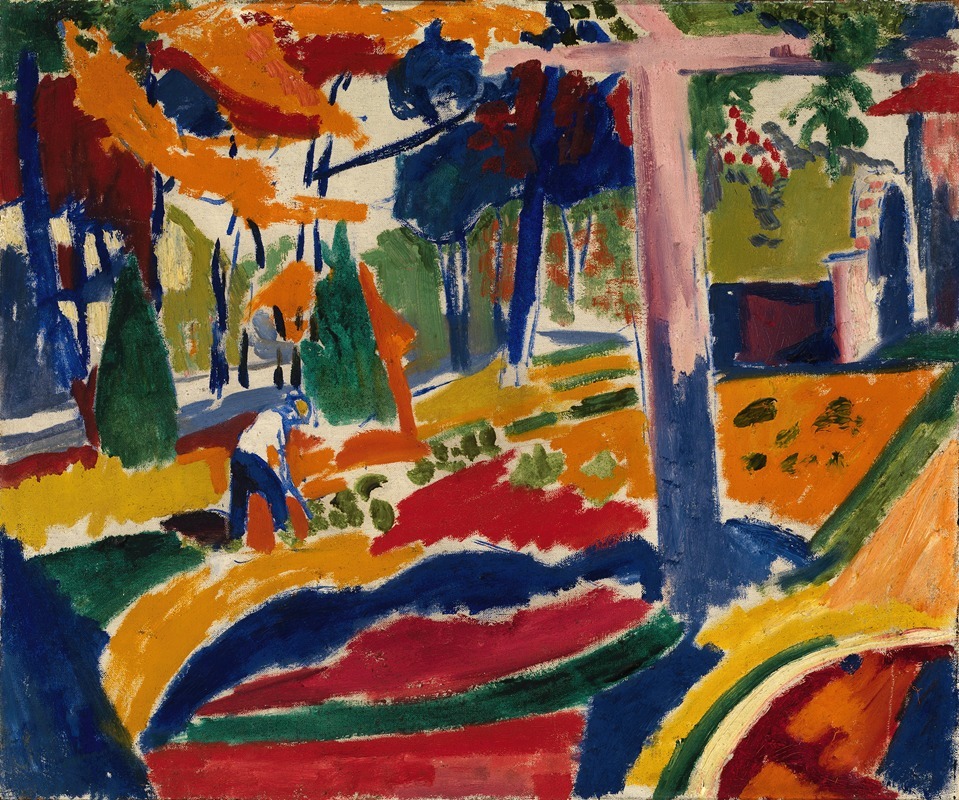
Garden
A hand-painted replica of Henry Lyman Saÿen’s masterpiece Garden, meticulously crafted by professional artists to capture the true essence of the original. Each piece is created with museum-quality canvas and rare mineral pigments, carefully painted by experienced artists with delicate brushstrokes and rich, layered colors to perfectly recreate the texture of the original artwork. Unlike machine-printed reproductions, this hand-painted version brings the painting to life, infused with the artist’s emotions and skill in every stroke. Whether for personal collection or home decoration, it instantly elevates the artistic atmosphere of any space.
Henry Lyman Saÿen was an American artist known for his contributions to early 20th-century art, particularly in the realm of modernism. One of his notable works is the painting titled "Garden." While specific details about this particular painting are limited, Saÿen's broader body of work and his artistic style provide context for understanding "Garden."
Henry Lyman Saÿen was born in 1875 in Philadelphia, Pennsylvania. He was not only an artist but also an inventor and a scientist, which influenced his approach to art. Saÿen studied at the University of Pennsylvania and later at the Pennsylvania Academy of the Fine Arts. His scientific background, particularly in physics, played a role in his artistic development, as he was interested in the interplay of light and color, a common theme in modernist art.
Saÿen's work was influenced by his time in Paris, where he was exposed to the burgeoning modernist movement. He was particularly inspired by the Fauvist movement, which emphasized bold colors and brushwork. This influence is evident in his use of vibrant colors and dynamic compositions. Saÿen's paintings often feature a vivid palette and an expressive style, characteristics that align with the principles of Fauvism.
"Garden" likely reflects Saÿen's interest in capturing the essence of nature through a modernist lens. While specific details about the painting's composition and subject matter are not readily available, it can be inferred that, like many of his works, it would exhibit a strong use of color and an emphasis on form and light. Saÿen's paintings often explore the relationship between natural forms and abstract representation, suggesting that "Garden" might depict a natural scene interpreted through his unique artistic perspective.
Throughout his career, Saÿen exhibited his work in various venues, contributing to the spread of modernist ideas in the United States. His paintings were part of exhibitions that introduced American audiences to new artistic movements emerging from Europe. Despite his contributions, Saÿen's work did not gain widespread recognition during his lifetime, and he remains a relatively obscure figure in art history.
Saÿen's dual career as an inventor also influenced his art. He held several patents, including one for an X-ray tube, which underscores his innovative spirit and interest in technology. This blend of art and science is a hallmark of his work, as he sought to explore the boundaries of visual perception and artistic expression.
In summary, while specific information about "Garden" by Henry Lyman Saÿen is limited, understanding his broader artistic style and influences provides insight into what the painting might represent. Saÿen's work is characterized by vibrant color, modernist influences, and a unique blend of scientific and artistic inquiry. His contributions to early modernism, though not widely recognized during his lifetime, reflect a pioneering spirit that sought to bridge the gap between art and science.





